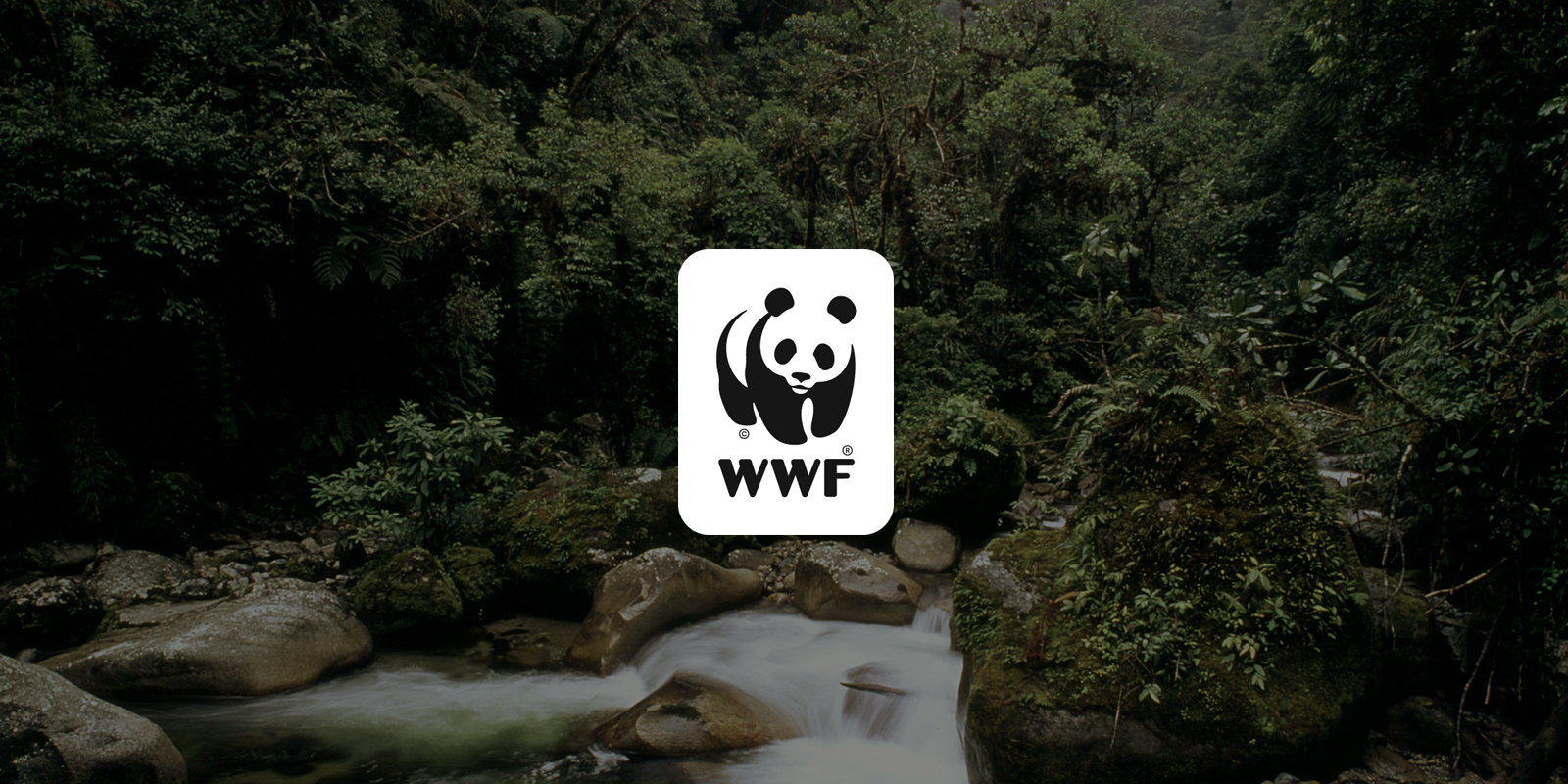Millions of acres of jungle habitat have already been cleared in SE Asia/PNG to plant Oil Palms and the environmental damage caused by a huge increase in plantings will be as bad, if not worse for the environment/climate.
Most of land clearing that've been done for Palm Oil (at least in Indonesia), actually already been done not by Palm Plantations, however already done by logging companies decades before.
Those lands being cleared by logging companies are destined for various monoculture plantations. Whether for Pulp (usually in Indonesia using Acacia), Palm Oil, Rubber, or Industrial logging plantations.
As palm oil plantations spread rapidly, deforestation impacts wildlife habitats and human communities. The sustainable production and harvesting of palm oil is imperative.

www.worldwildlife.org
Palm Oil is the most productive sources of vegetables oil. In South America they are clearing forest for Soy Bean plantations. It's much less vegetables oil per hectares compared to Palm Oil, that some of the South American soy beans plantations now thinking to replace them with Palm Oils.
What many environmentalist debating are off course comparing carbon foot print from Virgin Tropical forest compared to Monoculture Plantations. The numbers varied, but seems in average saying Palm Oil plantations for example absorb CO2 only at most half then Virgin Tropical forest per hectares area.
However expecting countries that have Tropical forest not to convert some of those forest toward other uses is off course impossible. Tropical forest located in developing countries, whether in Africa, South America or Asia. Some of them will be converted, either to mining, industrial complex, or plantations. That's part of development and population expansion.
Back toward energy sources, vegetables oils are part of main substance for Bio Fuels. The choice is to use fossil fuels or replace some of it with Bio Fuels. Thus to expect the most productive sources of vegetables oil not to play into Bio Fuel games is also impossible and raise question this campaign against Palm Oil already become negative campaign from other vegetables oil producers, from Corn, Soy Bean, Canola, etc, which knows well their products can not compete with Palm Oil in the level of Productivity thus in the end prices.
If we go for Solar power as example, then there will be land clearing needed to be done also for Solar Farm. For carbon footprint it's much better clearing land for Monoculture Plantations then Solar Power farm. To gain electricity for EV revolution that many environmentalist champions, you need more nickel and raw earth minings, thus some land clearing will happen.
In short if we want to be fair toward Vegetables Oils global demand, then all other vegetables sources oils Plantations should be changed toward the most productive ones, which's Palm Oils. That's off course will not be supported by the develop nations where the industry located. So why Palm Oil need to be sacrifice ?
Humanity will still need energy. If they can't get it from Fossil fuels, then some other sources need to be gained including bio fuels. Like it or not Palm Oil Plantations provide better carbon footprint then minings or clearing lands for Solar Farm.


